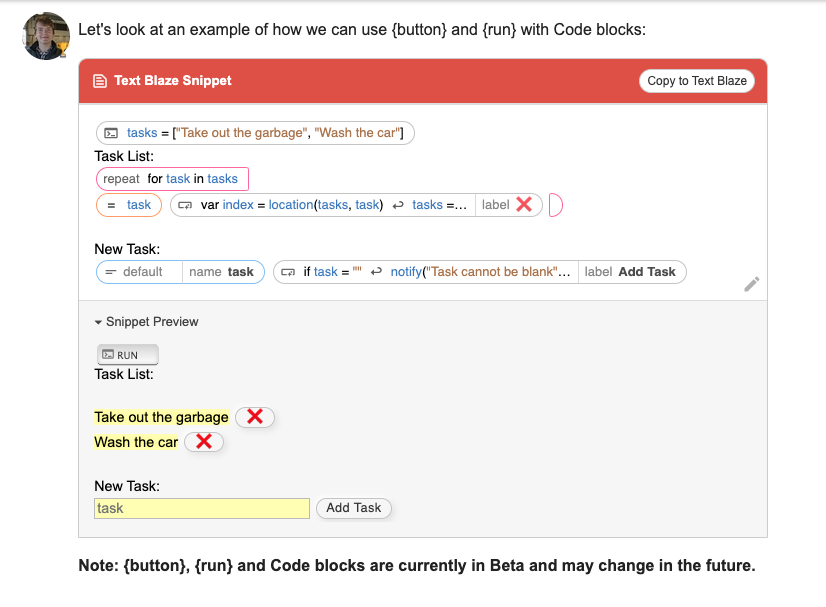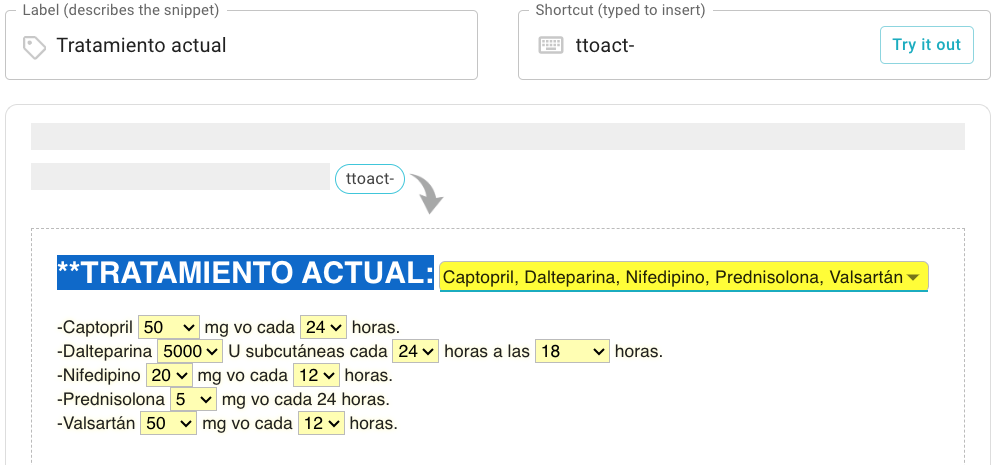Age: {formmenu: \<2 years; \>\=2 years; name=age}
{if: age="<2 years"}
GCS ≤14, palpable skull fracture or signs of AMS? {formmenu: default=; no; yes; name=q1}
AMS: Agitation, somnolence, repetitive questioning, or slow response to verbal communication
{elseif: age=">=2 years"; trim=left}
GCS ≤14 or signs of basilar skull fracture or signs of AMS? {formmenu: default=; no; yes; name=q3}
AMS: Agitation, somnolence, repetitive questioning, or slow response to verbal communication{endif}
{if: age="<2 years" AND q1="no"}
Occipital, parietal or temporal scalp hematoma; history of LOC ≥5 sec; not acting normally per parent or severe mechanism of injury? {formmenu: default=; no; yes; name=q2}
Severe mechanism: MVC with patient ejection, death of another passenger, rollover; pedestrian or bicyclist w/o helmet struck by motorized vehicle; fall from >0.9m or 3ft; head struck by high-impact object{endif: trim=yes}
{if: age=">=2 years" AND q3="no"}
History of LOC or history of vomiting or severe headache or severe mechanism of injury {formmenu: default=; no; yes; name=q4}
Motor vehicle crash with patient ejection, death of another passenger, or rollover; pedestrian or bicyclist without helmet struck by a motorized vehicle; falls of more than 1.5m/5ft; head struck by a high-impact object{endif}
RESULTS
{if: age="<2 years" AND q1="no" AND q2="no"}PECARN recommends No CT; Risk of ciTBI <0.02%, “Exceedingly Low, generally lower than risk of CT-induced malignancies.”
{elseif: age="<2 years" AND q1="no" AND q2="yes"}PECARN recommends observation over imaging, depending on provider comfort; 0.9% risk of clinically important Traumatic Brain Injury.
Consider the following when making imaging decisions: Physician experience, worsening signs/symptoms during observation period, age <3 months, parent preference, multiple vs. isolated findings: patients with certain isolated findings (i.e., no other findings suggestive of TBI), such as isolated LOC, isolated headache, isolated vomiting, and certain types of isolated scalp hematomas in infants >3 months have ciTBI risk substantially <1%.
{elseif: age="<2 years" AND q1="yes"}PECARN recommends CT; 4.4% risk of clinically important Traumatic Brain Injury.
{elseif: age=">=2 years" AND q3="yes"}PECARN recommends CT; 4.3% risk of clinically important Traumatic Brain Injury.
{elseif: age=">=2 years" AND q3="no" AND q4="no"}PECARN recommends No CT; Risk <0.05%, “Exceedingly Low, generally lower than risk of CT-induced malignancies.”
{elseif: age=">=2 years" AND q3="no" AND q4="yes"}PECARN recommends observation over imaging, depending on provider comfort; 0.9% risk of clinically important Traumatic Brain Injury.
Consider the following when making imaging decisions: Physician experience, worsening signs/symptoms during observation period, age <3 months, parent preference, multiple vs. isolated findings: patients with certain isolated findings (i.e., no other findings suggestive of TBI), such as isolated LOC, isolated headache, isolated vomiting, and certain types of isolated scalp hematomas in infants >3 months have ciTBI risk substantially <1%.{endif}

